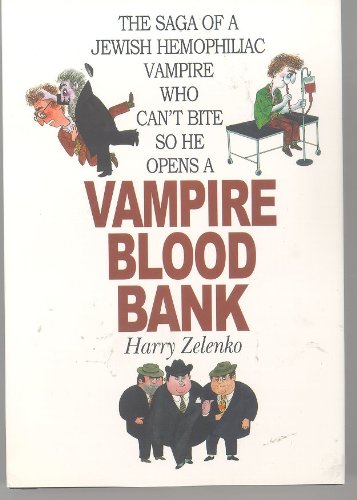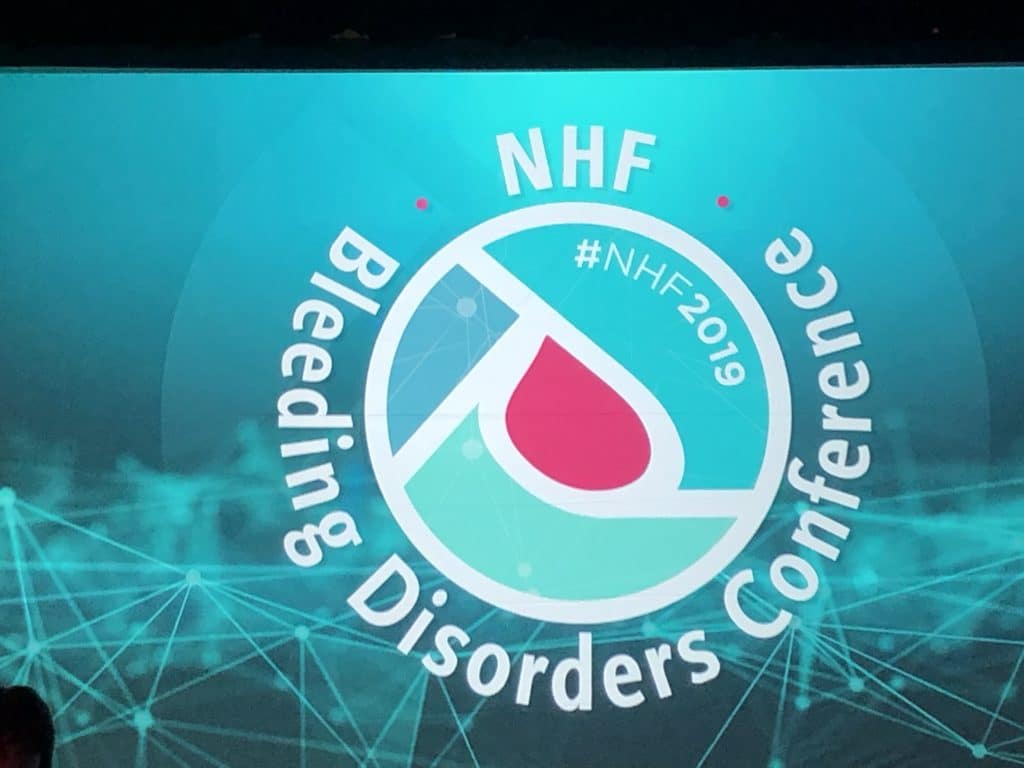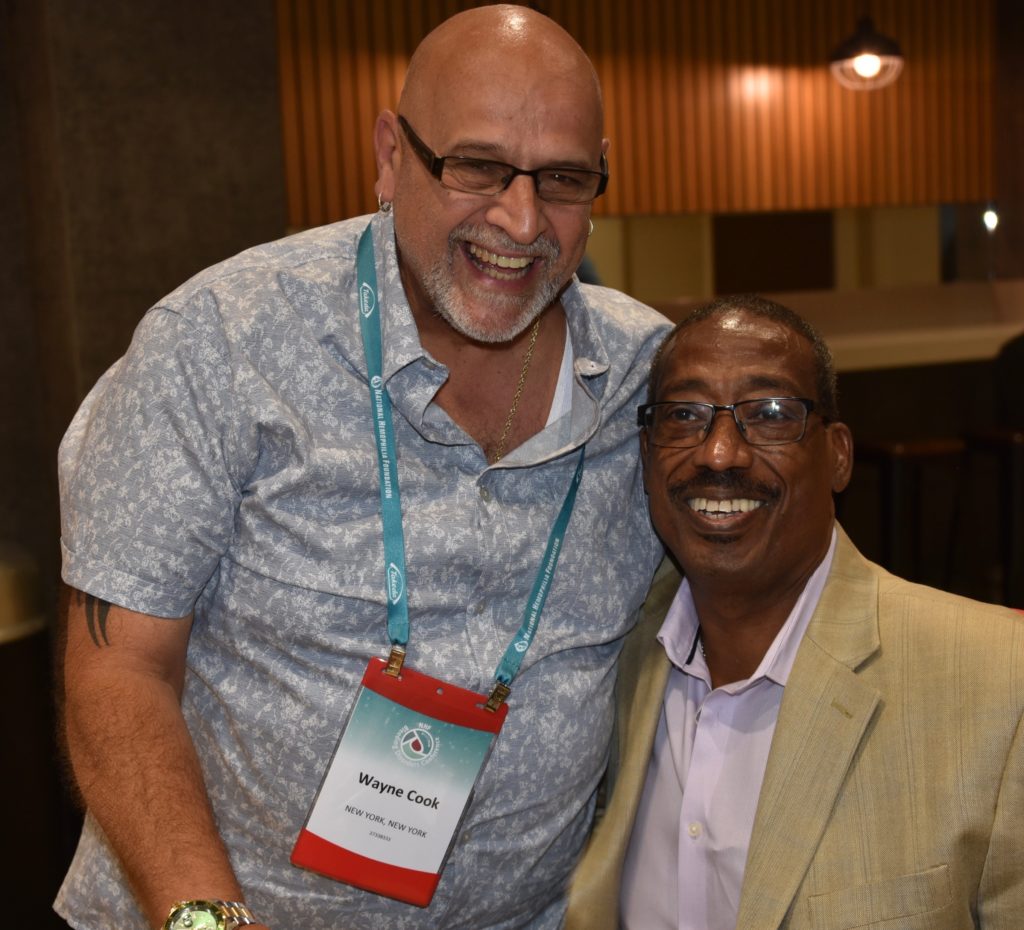Hemophilia and Vampires!
It’s Halloween week!
The holiday is a festive one, in which children and adults dress up in traditional costumes like ghosts, Frankenstein, pumpkins, devils and vampires, and nontraditional like pirates, doctors, celebrities and political figures.

I recently watched a holiday classic, The Nightmare Before Christmas, and am reading the classic Dracula, by Bram Stoker—a masterpiece of creativity and writing! If you haven’t read it, please do!
And as vampires are associated with blood, our contributing writer Richard Atwood has investigated literature about hemophilia involving vampires!
Vampire Blood Bank is a book about Lorenzo Zilch, called Larry, a male emergency room nurse at Samaritan Hospital in New York City. Larry narrates his involvement with Aaron E. Newman, a Jewish person with hemophilia who, while walking through Central Park on Thanksgiving night, is bitten by the first ever Jewish vampire!

Aaron turns as a vampire. Yet he has hemophilia. And Aaron abhors the sight of blood, so he cannot bite others! Larry and Aaron then open the Eleventh Hour Blood Bank to meet their needs, though not without others wanting a piece of the action.
Sound interesting? Richard writes that this farcical novel has no redeeming value other than laughter, “which is the best medicine.” The full title is The Saga of a Jewish Hemophiliac Who Can’t Bite So He Opens a Vampire Blood Bank. Almost every page contains a joke or gag designed for mature audiences. Aaron takes treatment for his hemophilia, and for his thirst for blood, from the stockpile at the Eleventh Hour Blood Bank.
He treats himself with four bags of whole blood per day. This treatment is enough to cover his prostate surgery. Aaron finds that being a vampire improves his blood clotting, and even helps his usual symptoms of hemophilia to recede. The commercialization and the profitability of the blood bank become evident for other vampires and for others in the blood business!
The author, Harry Zelenko, grows orchids in New York City in addition to having a writing career. Well, this crazy little novel can’t compare to Dracula, but then, what can? Read and enjoy them both! Happy Halloween!






